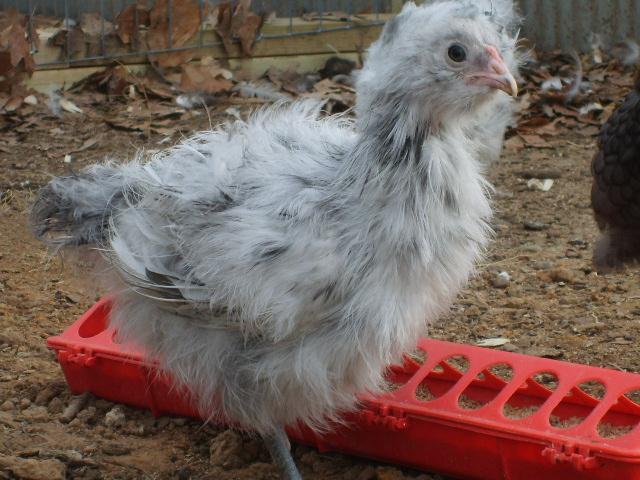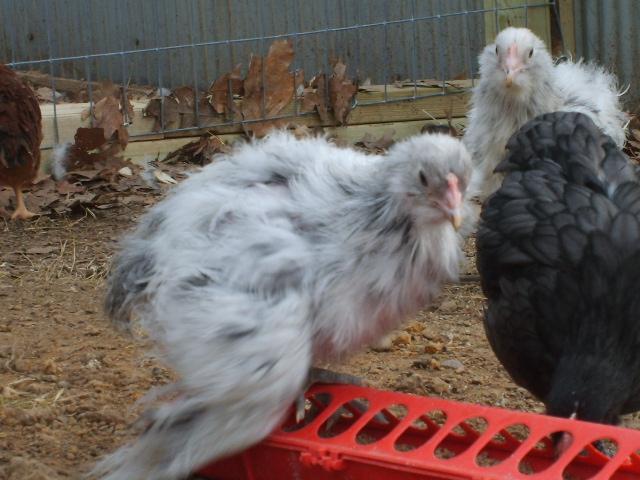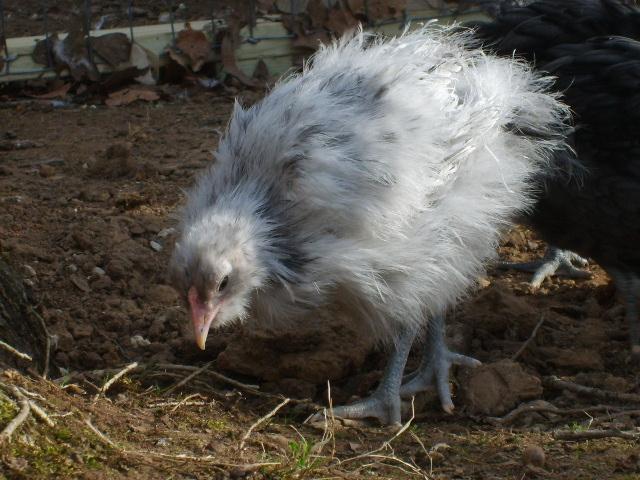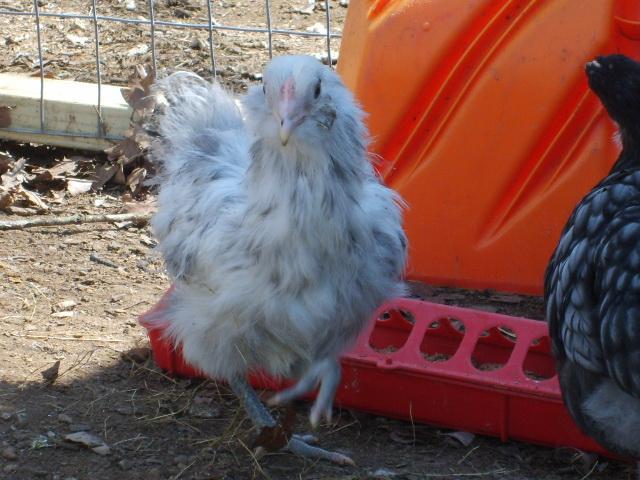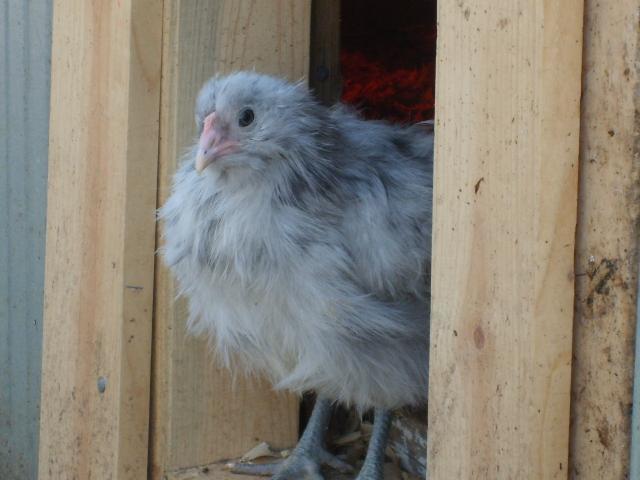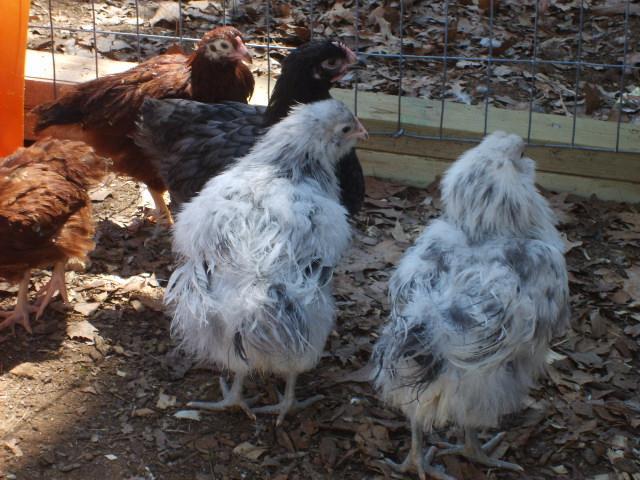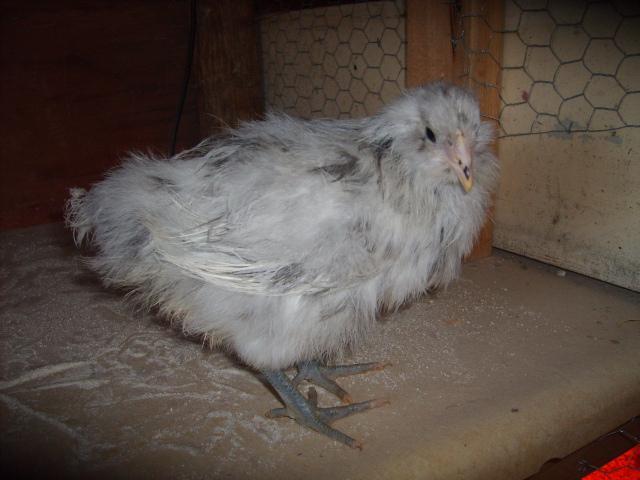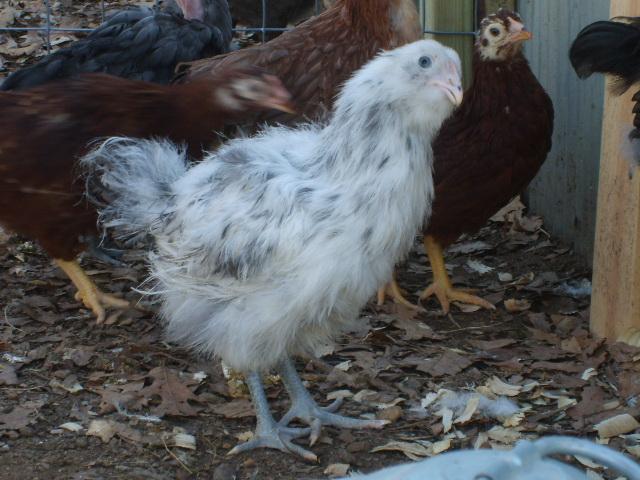- Thread starter
- #89
Here is a picture I took of the Rooster #1 - Ozzie. His comb is really pretty similar to Rooster #2. He is currently in a pen with hens, but just a bunch of mixed flock.
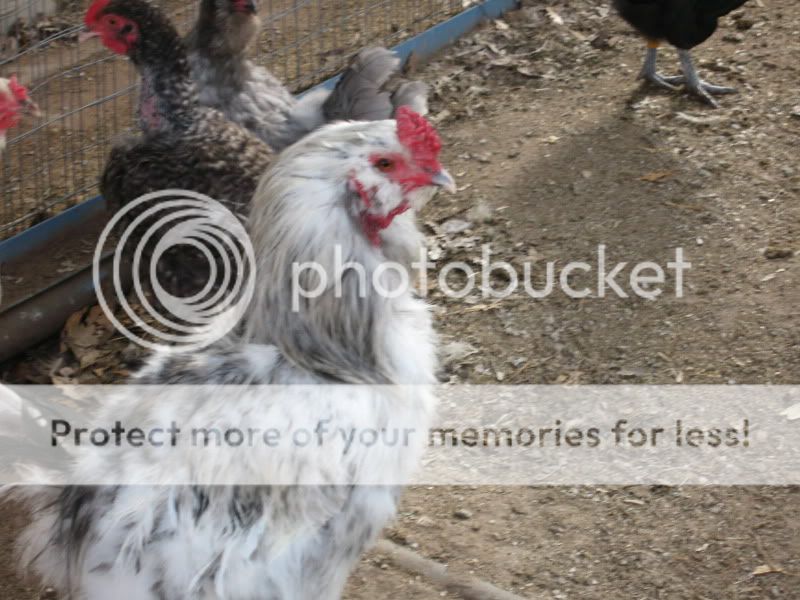

Follow along with the video below to see how to install our site as a web app on your home screen.
Note: This feature may not be available in some browsers.

